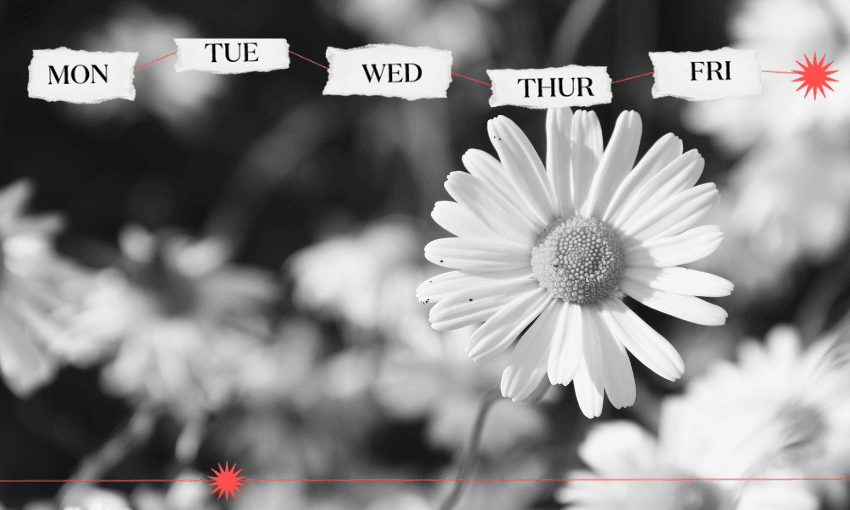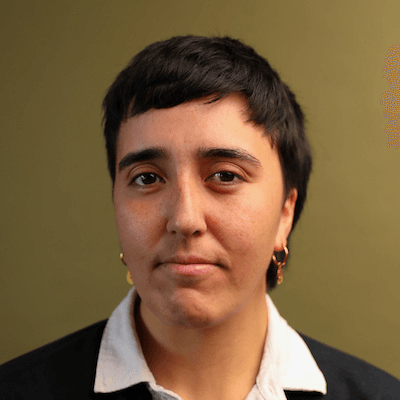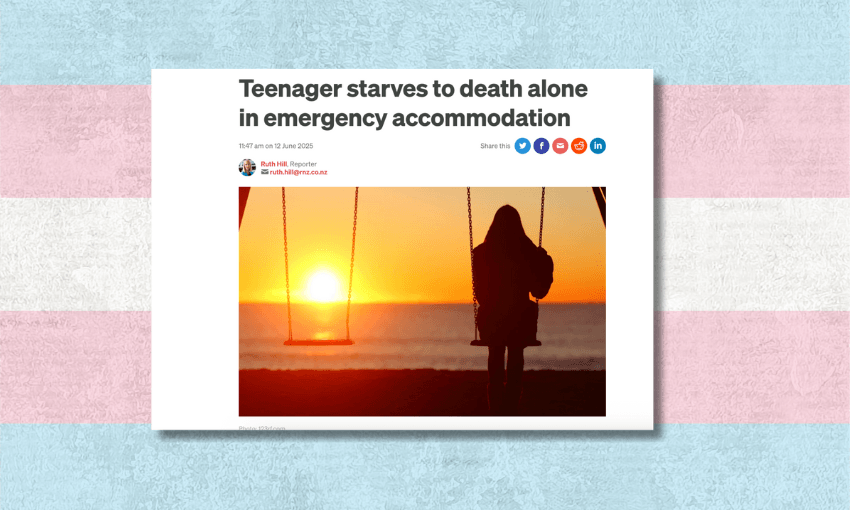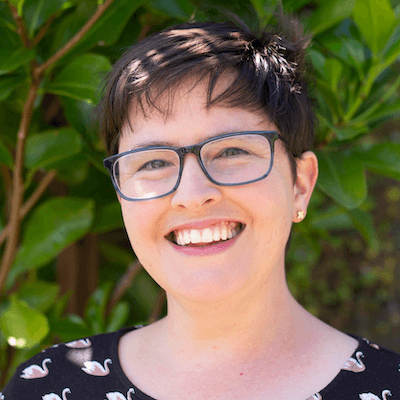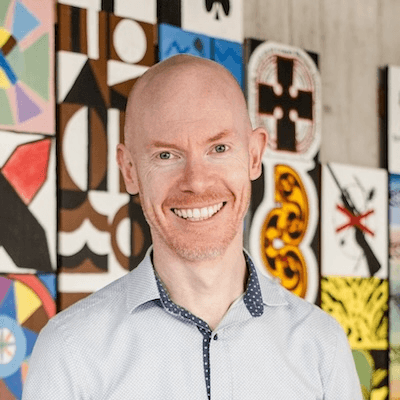Madeleine Chapman reflects on the week that was.
I was going to write a short, silly thing about how everyone should get back into wearing singlets as undergarments in the winter. But then I read an article published by our national broadcaster that made me feel like I’d travelled back in time to a colder, darker society.
“Teenager starves to death alone in emergency accommodation” is the headline. On the surface, a sad headline that you’d expect to accompany a short report on the tragic death of a young New Zealander. Instead, what follows is a 4,000 word feature article told largely through the testimony of V’s parents who still seem to be struggling to accept his gender identity, even after his death.
Ever since I read it I have wondered: what responsibility do we as journalists have to respect the wishes of the dead?
In reading the full article, it can be ascertained that V was a young trans man who also happened to be autistic and suffered from disordered eating. They went by he/they pronouns and had adopted the gender neutral name ‘V’ at 15. V’s parents “did not accept the teen was transgender” and were kept “at a distance” up until V’s death in emergency accommodation in 2023.
The article is harrowing reading simply for the myriad struggles V faced in their short life. The topline suggestion that “multiple agencies failed” in their care may well prove true in the coroner’s report. But woven throughout the article is a recurring theme, posited by V’s parents: that V’s gender identity being acknowledged and supported by care providers was a direct factor in their death as it distracted from their eating disorder.
That mindset, and some of the framing in the article, have been responded to here.
I suspect there is a lot more to come on this story. There are questions around how our health agencies care for young people in acute mental distress. There’s a conversation to be had around disordered eating and its treatment in New Zealand. And there’s plenty to be interrogated into how our gender diverse population is at such a higher risk of harm and what contributes to this risk. But in this short reflection I can only think about the disservice done to V in having their life and death be reduced to an argument about gender identity.
RNZ placed its “Rainbow Communities Reporting and Content Guidelines” at the bottom of the article which state that “we use the name and pronouns that people tell us they use”. In the article, those who interacted with V regularly (the Family Works team leader who saw them a week before their death, the motel manager where they were staying), referred to them as “V” and used either he or they pronouns. Even the police attending to the scene, who had presumably never met V as a living person, “insisted on using a male name and pronouns”. Clearly this was the name they wished to be known by and the pronouns they used. This was their identity.
And yet the article includes their birth name throughout “at the parents’ request” and uses she/her pronouns. Why? “As this story deals with a deceased person, they are not able to communicate their wishes.”
V spent their short life communicating their wishes around their identity to their closest relatives, to no avail. Allowing them to have it in death is a small dignity that shouldn’t be so hard to give.
The stories Spinoff readers spent the most time with this week
- ‘I wanted to be a teacher, not a cop’: Hera Lindsay Bird speaks to educators about teaching in the world of AI
- Mirjam Guesgen reads and reviews five fake Jacinda Ardern books
- A high school teacher dreams of life without checkout anxiety for The Cost of Being
- Freaking out about your new CV? Gabi Lardies has reassuring words for Auckland homeowners
- A public servant who took voluntary redundancy explains her relationship with money now
Feedback of the week
“Thank you Liam. Beautifully written. I grew up in a state house next to the Ford Block in Rotorua, later immortalised by Alan Duff in Once Were Warriors. We thought it was the way life was. (And life was certainly a lot better before the Labor Govt corporatised the Forest Service and put 5000 people out of work, with devastating consequences.) I couldn’t wait to escape because everything I was reading was about New York and London. Much later, looking back, I realised what rich cultural material it was – how interesting it was.
There’s no doubt Mangere will be gentrified in time. The great pity is that the people who live here now will be priced out. As you write, it’s complicated! My only solution: ensure working people are paid a living wage. And all the best to you and your son.”
“On the Western line this morning I am happy to report that Neil’s still got it. Big ups to the one person who clapped after his performance.”
